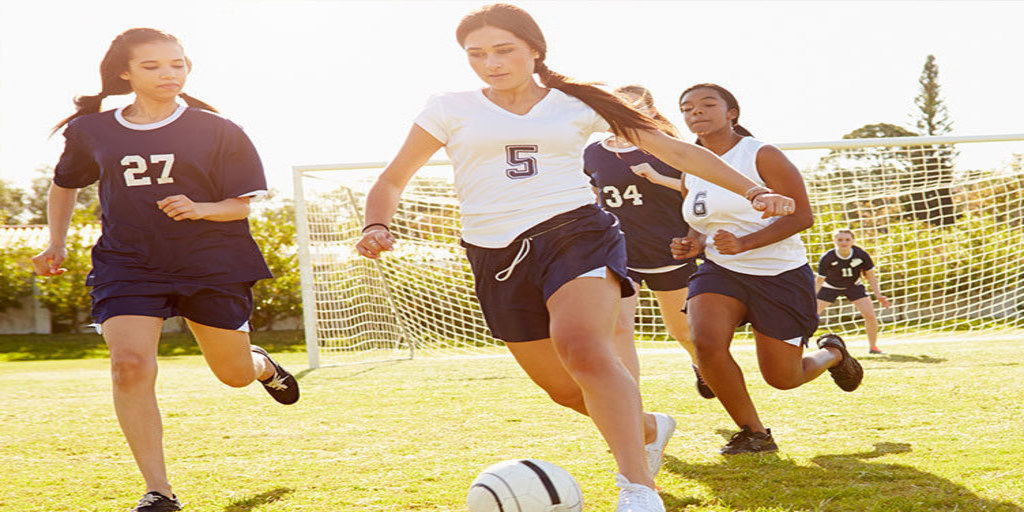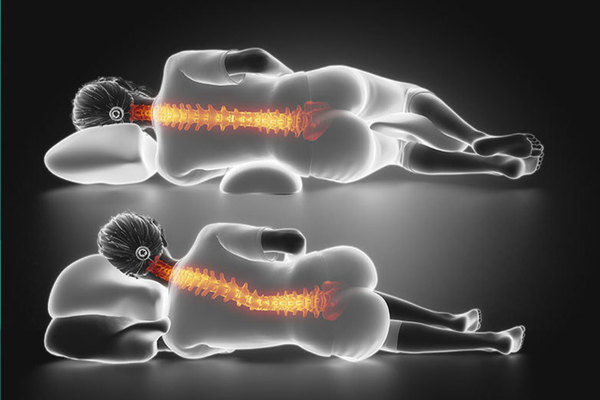Concussion Prevention in Youth Athletes

The discussion of concussions in sports is a continuing saga that seems to grow each year as more people of all ages play sports. Concussions are not only present in the NFL or professional sports, kids of all ages are at risk of brain injuries. Parents and youth coaches must be actively involved in this discussion and must take steps to prevent concussions amongst today’s youth athletes.
What Is a Concussion?
A concussion is a traumatic brain injury that occurs when the brain moves back and forth rapidly inside the skull. It can occur during events such as a car accident or a fall. However, concussions are gaining increased notoriety for their rapidly increasing occurrence in such sports as football, rugby, lacrosse, baseball, softball and soccer. In fact, there are more than 3 million concussion cases in the United States annually.
While a concussion does not show up on brain imaging, it is a serious injury that creates numerous symptoms. Some of its most common symptoms include the following:
- tiredness
- nausea
- poor concentration
- confusion
- problems with light and noise
- mood changes
- loss of consciousness.
Why Concussion Prevention Is Key
Throughout childhood and adolescence, an individual’s brain is constantly growing and developing. Concussion prevention can save athletes of all ages from ongoing physical and mental health concerns. Additionally, concussion prevention will save you money in the long run; the cost of prevention is far less than the cost of medical care required for those who have sustained a concussion. Wearing protective equipment is the best way to protect young athletes from concussions. Properly fitted helmets, headgear, and protective pads are crucial for keeping youth athletes safe.
Concussion Testing
When a child or teen displays any of the signs or symptoms of a concussion, they need medical care immediately to receive a diagnosis and begin treatment. CT scans and MRI imaging are not recommended as concussions usually do not show up.
ImPACT testing is the best option that gives parents and doctors a baseline for reference. This testing should occur every one to two years depending on the age of the individual involved in high-impact sports. ImPACT tests have gone through rigorous clinical research and are seen as the best practice for concussion testing throughout the medical community.
In the event that prevention methods are not effective, a brain injury needs to be treated correctly. For most people, this focuses on resting from many physical and mental activities. Medical personnel will follow a Return to Play protocol that uses a step-by-step approach to resume activities. By following treatment protocols and removing any activities that provoke symptoms in the days following the injury, athletes of all ages can protect their brains from further injury and get back to their baselines quickly.
We read this article HERE!
Πρόσφατα Άρθρα

Your child’s posture may be more important than you think
Good posture promotes better breathing which leads to more air, more oxygen, and more brain food. This results in improved concentration, thoughts and ideas for ‘better learning.’
With t...

Bad Habits in Children
- Two thirds of parents report never giving posture advice to their children
- A typical 18-24 year old spends 8.83 hours a day in front of a screen ...

Pillow Talk: The Importance of Sleep Posture
Having the right pillow can make all the difference in getting a good night’s sleep, especially if you have head or neck pain. The purpose of a pillow is to support to your head and neck in good po...
